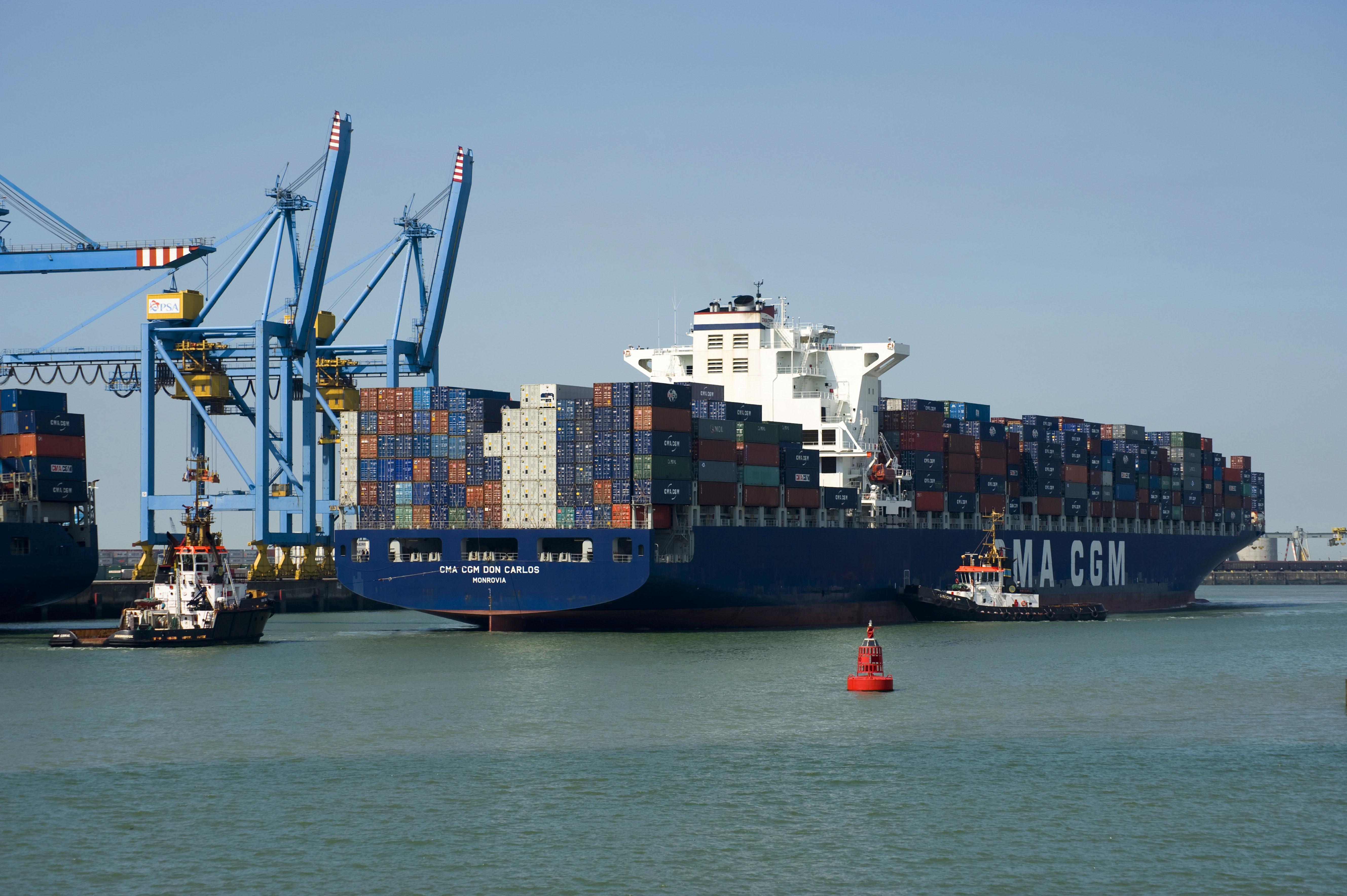Belgian institute develops sensor to measure ship pollution

The Royal Belgian Institute for Space Aeronomy (BIRA) is working on an instrument to monitor sulphur and nitrogen levels in ship plumes. The sensor, called SEMPAS, should be operational by spring 2024 and was presented in Uccle, Brussels, on Wednesday.
International shipping is responsible for about 2.5 per cent of global pollutant emissions from the burning of fossil fuels. Around 200,000 ships pass through the Belgian part of the North Sea every year, affecting air quality, especially in densely populated coastal areas.
Difficult to monitor
To reduce air pollution from cargo ships, the International Maritime Organisation (IMO) has set rules to reduce sulphur, particulate matter and nitrogen emissions to net zero by 2050. Shipping companies that fail to comply risk heavy fines.
However, compliance is difficult to monitor. A sniffer plane can take samples of ships' plumes from the air, and agents can take a fuel sample if there are suspicious readings on board. But most ships evade this scrutiny.
Passive Remote Sensing
To find a way around this, BIRA has developed a new instrument at the request of Justice minister Vincent Van Quickenborne, who visited the institute on Wednesday. The SEMPAS sensor, which stands for 'Ship Emission Monitoring by Passive Remote Sensing', can target the plumes from passing ships, scan the emissions and check their composition.
The instrument will be able to monitor around 18 ships a day, depending on weather conditions. In dense fog, for example, the sensor cannot scan. At night, it will be able to use infrared measuring. The SEMPAS sensor will be installed on the Mermaid wind farm off the coast of Ostend in spring 2024.
(BRV)
© PHOTO IMAGEBROKER